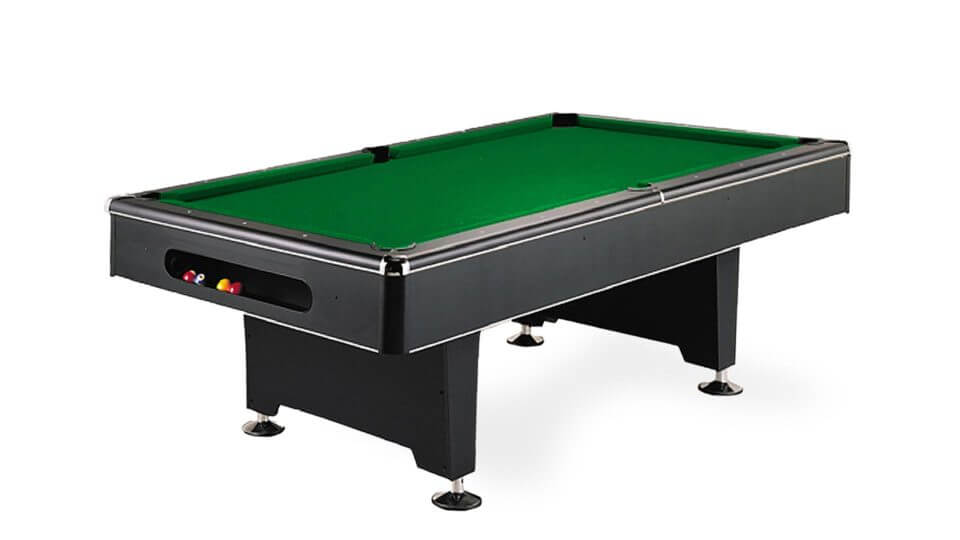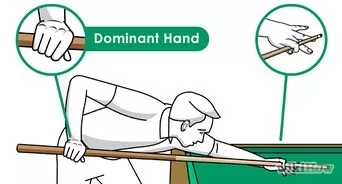
A cue ball spinning diagram is an illustration showing the relationship between a cueball’s spin and its trajectory. This is useful for helping players improve their skills as well as increasing their chances to pocket. It is possible to be a novice pool player and not know how much control you have. There are some expert tips that will make your game much easier.
There are many options for getting a spin on a cueball. The most important thing is the squirt angles, which refers to the direction in which the ball bounces. If a ball is not spinning, it will bounce at a shorter angle. But, a cueball with some spin will rebound at longer angles.

Squirt angle is not a true measure of how much spin is present in the ball, but it does indicate the direction of the squirt. A cueball with a high Squirt Angle will bounce in the right direction if it has very high spin. The amount spin can be affected by many factors including the ball's weight, how hard it is struck and the angle it is struck.
While the squirt angle does not depend on the ball's mass, it is a simple function of the impact parameter. In general, a lower cue ball strike will produce a higher squirt angle than a higher one, as the ball will be traveling at a slower speed. To keep the squirt angle low, strike harder.
Cue ball rotation can take many forms, including a side spin or top spin. The cue ball follows the tangent line during a shot. This is a 90-degree angle from the direction of the object ball. The trajectory of a cue ball is more affected by top and bottom spins that the others. The spin of the cue ball can be affected by various cloths and tables.
Although the squirt angle is nominally independent of the mass of the object ball, it is still a useful way to deflect the ball. The squirt cannot occur if the ball moves too far from the object or if it is not a good target. It is an important factor that will determine whether or not a shot works. Properly shooting the shot will lower the squirt angle. This will allow the player to pocket it.

The speed at which you hit the cue ball can determine how quickly it leaves the tangent line. This means that while the ball travels further, it will bounce back at a shorter angle. This is why it's a good idea to use a quicker stroke for a left spin, and a slower one for a right.